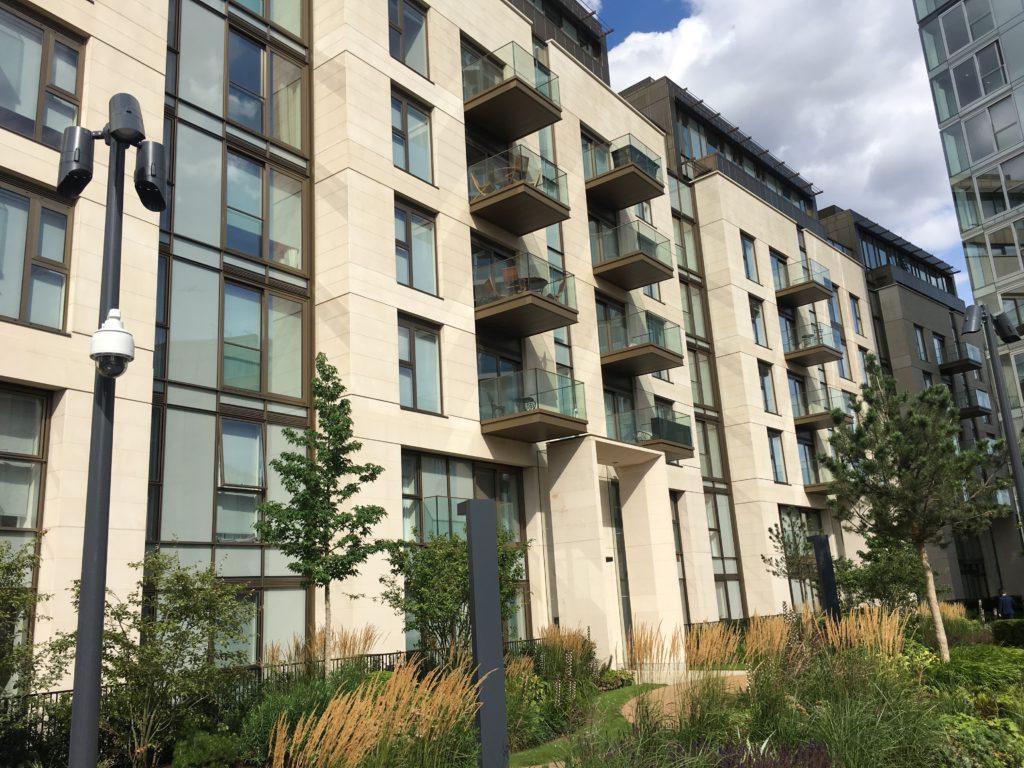In August, two planning applications were set before Hammersmith and Fulham Council, seeking temporary changes to the uses being made of a row of commercial properties on Lillie Road. Not long ago they were shops, a cafe and a pub called the Prince of Wales. Their current uses can be summarised as nothing much at all, except, perhaps, as eyesore indications that the 77-acre Earls Court project, one of London’s largest redevelopment schemes, hasn’t been proceeding quite as hoped.
Those planning applications seem to confirm this. The premises were bought up by property giant Capital and Counties (Capco), the shopkeepers moved out – in some cases unwillingly – and the properties were boarded up pending demolition. But now they are to be revived in new “pop-up” forms under what’s known in the trade as a “meanwhile” arrangement. This means that temporary homes for retailers and others are created to help stop the wider regeneration landscape looking and feeling very dead. There will be independent traders and the pub will be refashioned as The Prince. The idea is that the “meanwhile” mode will last for three years.
Slow progress. It is eight years since the scheme came into public view and even longer since its conception under the ambitious Conservatives who ran Hammersmith and Fulham Council (H&F) in those days. The idea was to unify three pieces of land, some of it straddling the border with Royal Kensington and Chelsea (RBKC), and construct a whole new neighbourhood comprising around 7,500 flats, an east-west high street, offices, various new amenities and transport improvements. Approving it in 2013, Boris Johnson called the project a “landmark scheme”.
Implanting this landmark would entail a major land clearance: relocating London Underground’s maintenance facilities from their Lillie Bridge depot and levelling its neighbours, the famous Earls Court exhibition centre to the east and the 760 homes of the West Kensington and Gibbs council-owned housing estates to the west.
Opposition to the scheme has been varied and sustained, not least from residents of “the Peoples’ Estates“. That hasn’t prevented the destruction of the exhibition centre or the ongoing construction of Lillie Square (pictured), an adjunct to the main scheme on the exhibition centre’s now former car park south of Lillie Road, though it might have helped Labour deprive the Tories of H&F in 2014 and encouraged Sadiq Khan to take a fresh look at the enterprise. The Mayor was critical of it during his election campaign because of the low percentage of new affordable housing it offered.
What’s really held things up though has been a slow down at the top end of London’s residential property market. Capco’s 2016 accounts said the scheme’s value had plunged by 20% in the previous year. In December 2016, it was suggested to the Mayor that an even bigger version of it might be delivered, bringing the number of new dwellings up to a massive 10,000. In January, permission was secured from RBKC to build Exhibition Square, described as a “gateway” to the part of the development where the exhibition centre once stood. A loan was secured from the Homes and Communities Agency and in March a very large crane was assembled on the site to heave away the last of its remains.
But in May, Capco said it had yet to decide whether to come up with a whole new masterplan as floated at the end of last year. The Lillie Road “meanwhile” move, is described as an interim measure before redevelopment proposals for nearby Empress Place, a short residential street off Lillie Road also covered by the application, are “finalised and secured”. But it has rekindled speculation – not only emanating from the housing estates’ anti-demolition campaign – that Capco might be pondering an exit strategy.
If so, it could be complicated. For one thing, the estates land is subject to a legal agreement, signed with H&F when the Tories were running it, which says that portions of the site will be sold to Capco as and when replacement homes are built for the occupants of those earmarked for knocking down. For another, the former exhibition centre land is being developed, albeit haltingly, by the Earls Court Partnership, a joint venture company formed by Capco and Transport for London under Mayor Johnson – the first such tie-up TfL entered into with a view to supplementing its budgets from its property portfolio. What would happen to that part of the picture?
It is a tangled and unsatisfactory tale, marred from the start by flawed ambitions, dubious judgments and a skewed regeneration vision. Its “meanwhile” phase might turn out to be the most attractive thing about it so far.

